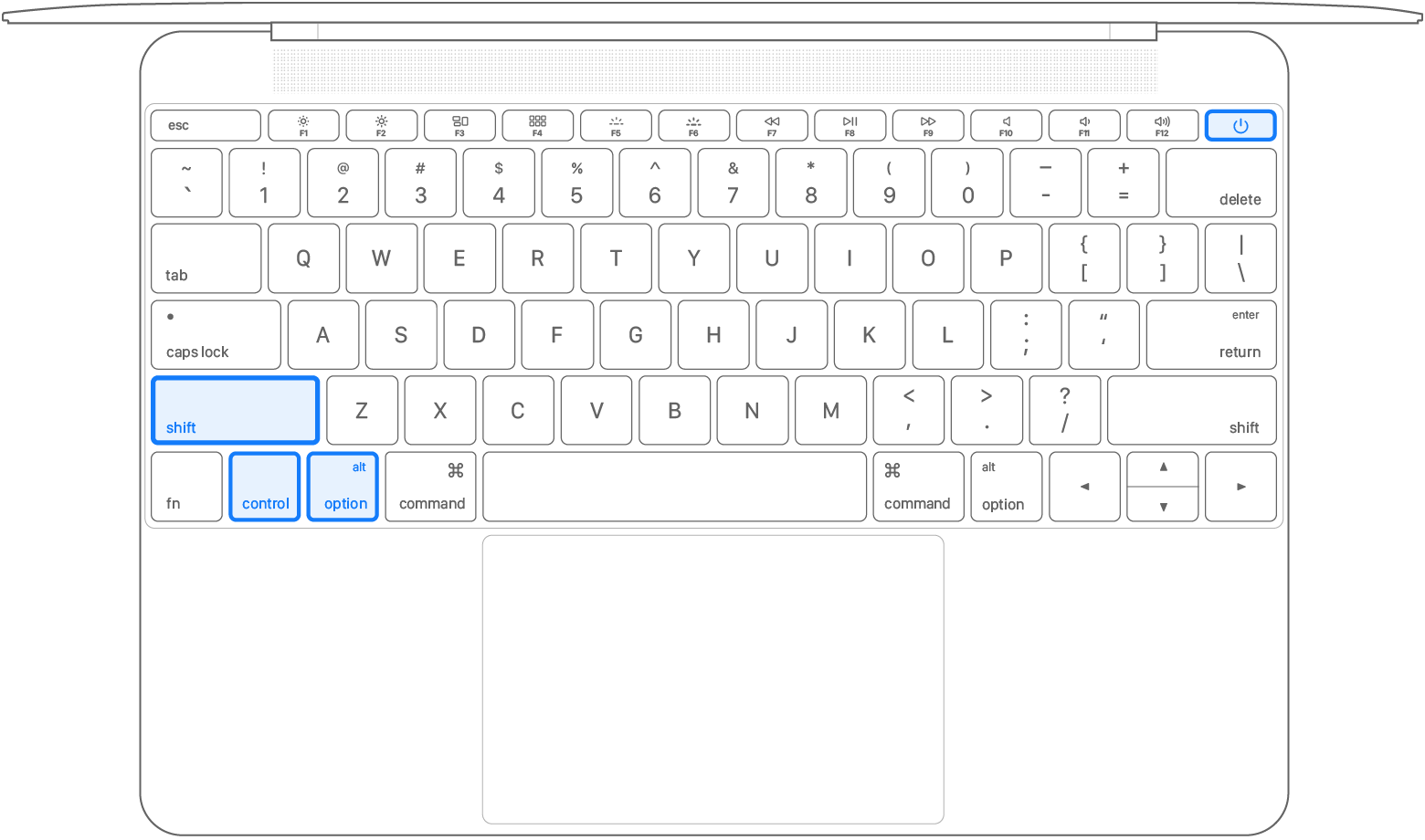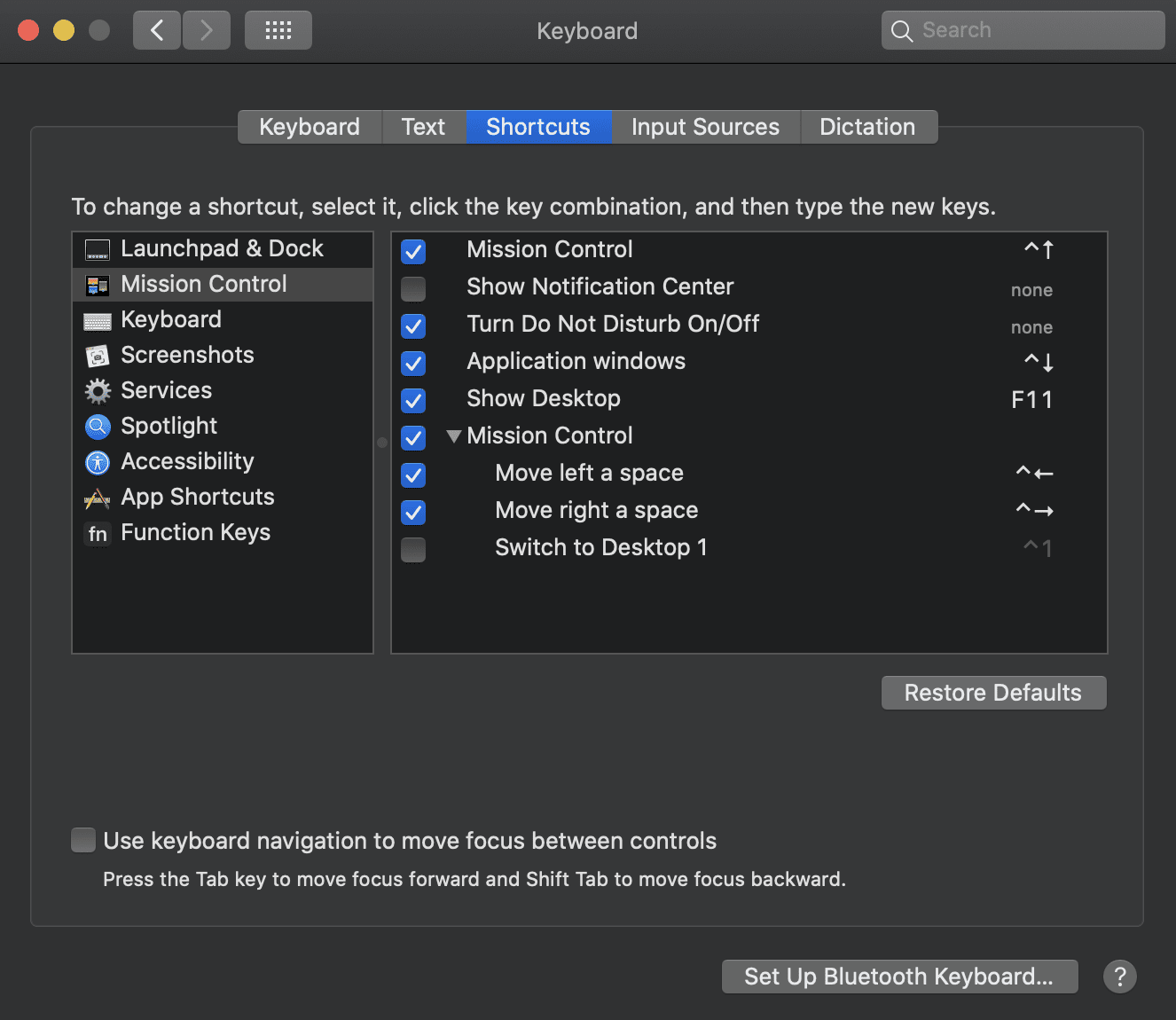
- #MAC RESTART WITH KEYBOARD PRO#
- #MAC RESTART WITH KEYBOARD SOFTWARE#
- #MAC RESTART WITH KEYBOARD MAC#
Resize all columns to fit their longest file names (Column View) Resize one column to fit the longest file name (Column View)ĭouble-Click column divider (or the resize widget at the bottom of the column divider, depending on your setup) Select the next icon in Icon and List views Go into selected folder or open the selected file
#MAC RESTART WITH KEYBOARD MAC#
Tags Adobe APFS Apple AppleScript Apple silicon backup Big Sur Blake bug Catalina Consolation Console diagnosis Disk Utility Doré El Capitan extended attributes Finder firmware Gatekeeper Gérôme HFS+ High Sierra history history of painting iCloud Impressionism iOS landscape LockRattler log logs M1 Mac Mac history macOS macOS 10.12 macOS 10.13 macOS 10.14 macOS 10.Open Sidebar item in a new Tab or Window (depending on Finder Preferences) Note: except in dire emergency, never turns the mains supply off, or disconnect the mains power cable, unless the (desktop) Mac is already shut down: force shutdown first by pressing and holding the Power button until the Mac shuts down.
#MAC RESTART WITH KEYBOARD SOFTWARE#
Other than a forced shutdown with the Power button, these vary according to model, and may not work following significant software or hardware problems. To log out immediately – Option-Shift-Command-Q. To close all open apps and then force restart – Control-Command-Eject. To force restart – Control-Command-Power button. To close all apps and then force shutdown – Control-Option-Command-Power button, or Control-Option-Command-Eject. To force shut-down – press and hold Power button for 5 seconds, or until shuts down. To run sysdiagnose, which produces a large dump of diagnostic information for Apple (or third-party) analysis – Command-Option-Control-Shift. You should normally reset NVRAM after resetting the SMC. Press and hold Power button for 5 seconds.

#MAC RESTART WITH KEYBOARD PRO#
MacBook including Air and Pro with non-removable batteries – shut down.Wait a further 5 seconds before pressing Power button to start up. Reset NVRAM (PRAM) – Command-Option-P-R until startup chime. Startup Manager, so you can choose startup volume – Option.Įject removable media (optical disk) – Eject key, F12, mouse button, trackpad button. Target disk mode (connected to ‘master’ Mac) – T. Single-user mode (command line only, rarely useful now) – Command-S. Remote Hardware Test/Diagnostics (online) – Option-D requires a wired keyboard and trackpad/mouse. Hardware Test/Diagnostics mode (run hardware diagnostics) – D requires a wired keyboard and trackpad/mouse. These Recovery modes differ in their reinstall options.

Remote (original) Recovery mode (online Recovery, 10.12.4 and later only) – Command-Option-Shift-R requires a wired keyboard and trackpad/mouse. Remote (latest) Recovery mode (online Recovery) – Command-Option-R requires a wired keyboard and trackpad/mouse.

Local Recovery mode (Recovery partition, Disk Utility, System install) – Command-R requires a wired keyboard and trackpad/mouse. Safe mode (no third-party startups, flush caches) – Shift. Instead of giving these by the keys used, I have ordered them by function, as that is how you will want to look them up. Here is a handy listing of the most important startup and shutdown key combinations and related techniques, applicable to Macs running macOS Sierra and later.


 0 kommentar(er)
0 kommentar(er)
